Your cart is currently empty!
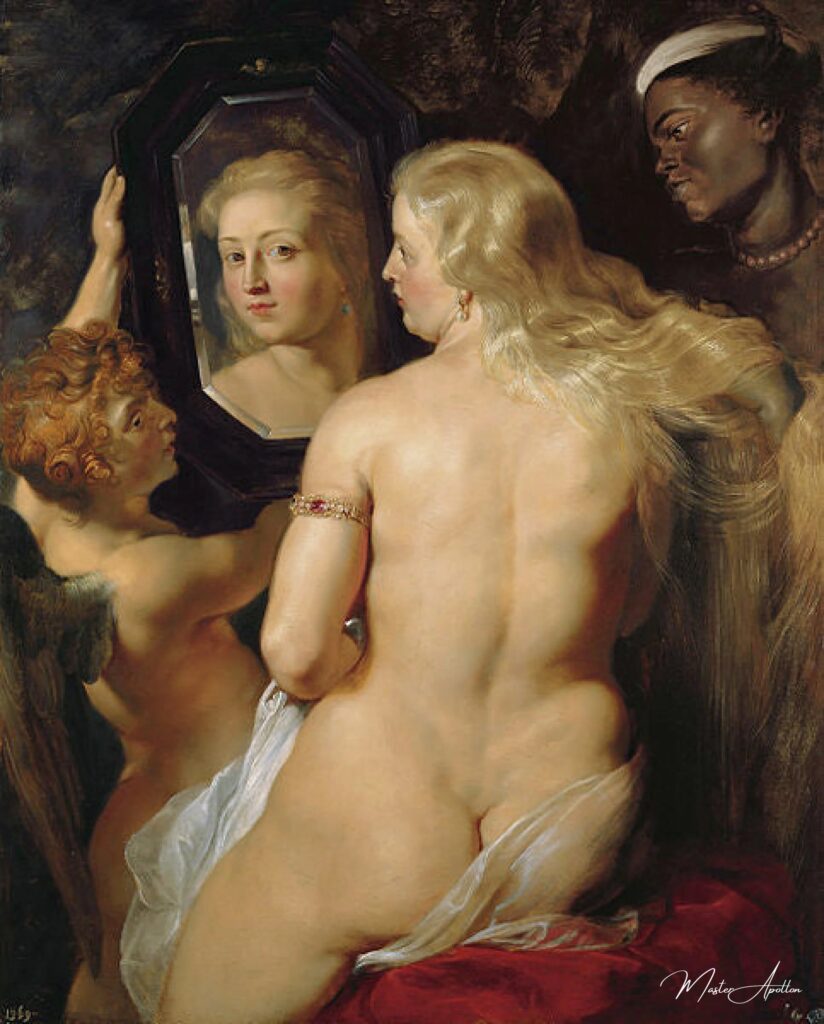
Toilet of Venus – Peter Paul Rubens
This oil painting reproduction of “Toilet of Venus” by Peter Paul Rubens is a masterpiece that exudes elegance and sophistication. Crafted with the highest quality materials and meticulous attention to detail, this reproduction captures the essence of the original artwork in stunning clarity.
The craftsmanship of this piece is truly exceptional, with each brushstroke carefully applied to rec…
An Analysis of Peter Paul Rubens’s Toilet of Venus (1608-1610)
Peter Paul Rubens, a master of Baroque art, is celebrated for his dynamic compositions and vibrant use of color. One of his most notable works, Toilet of Venus (1608-1610), embodies the classical ideals of beauty and sensuality that were prevalent in the early 17th century. This painting not only showcases Rubens’s artistic skill but also reflects deeper themes of femininity, vanity, and mythology. In this analysis, we will explore the depiction of Venus, the Roman goddess of love, beauty, and fertility, focusing on her representation, the symbolism within the artwork, and the painting’s place within the Baroque style.
Idealized Feminine Beauty
Rubens’s portrayal of Venus is a quintessential representation of the Baroque ideal of feminine beauty. The goddess is depicted with a voluptuous form and a glowing palette, characteristics that highlight her allure and desirability. Unlike the more restrained forms of femininity often seen in earlier Renaissance works, Rubens’s Venus is a celebration of curvaceous beauty.
The soft, rounded lines of her body, combined with the warm colors of her skin, create an inviting and almost palpable warmth. The lush textures of her flesh contrast beautifully with the cool tones of the drapery and the background, emphasizing her centrality in the composition. Furthermore, Venus’s pose, reclining and partially draped, invites the viewer to admire her beauty from multiple angles, reinforcing her desirability.
The attention Venus receives from her handmaidens, who are depicted tending to her, serves to elevate her status as the focal point of the painting. Their gentle caresses and expressions of admiration enhance the sense of reverence for the goddess, suggesting that her beauty commands attention and admiration from those around her.
Symbolism of Vanity and Self-Awareness
A critical element of the painting is the mirror held by one of Venus’s attendants. This act of gazing into a mirror is laden with meaning. Traditionally, mirrors symbolize vanity, reflecting society’s ambivalence towards beauty and self-admiration. However, in the context of Toilet of Venus, the mirror takes on a more nuanced significance.
Venus’s gaze into the mirror suggests a profound self-awareness, highlighting her conscious embodiment of beauty and its accompanying power. Rather than merely reveling in her beauty, the act of looking into the mirror indicates a deeper understanding of her allure and the influence it wields over others. This self-awareness can be interpreted as an acknowledgment of the dual nature of beauty—its ability to captivate and to ensnare.
Moreover, this moment of introspection connects Venus to the viewer, creating an intimate dialogue between the goddess and those who observe the painting. It invites viewers to reflect on their perceptions of beauty and the societal pressures associated with it, transcending the painting’s immediate aesthetic appeal.
Mythological Context
Toilet of Venus is richly imbued with mythological references that firmly situate the scene within the larger narrative of classical mythology. The presence of Cupids fluttering around her adds a playful yet poignant layer to the composition. These cherubic figures, symbols of love and desire, reinforce Venus’s association with romantic themes, intertwining the concepts of beauty and love in a harmonious dance.
Additionally, the inclusion of roses and doves—both closely associated with Venus—further enhances the painting’s thematic depth. Roses, often seen as symbols of love and passion, and doves, representing peace and fidelity, contribute to the overarching celebration of love and beauty. The vibrant flowers and soft, feathered creatures envelop Venus in a world where beauty reigns supreme, enriching the viewer’s understanding of her divine essence.
Rubens’s careful integration of these mythological elements serves to elevate the painting from a mere representation of beauty to a rich tapestry of narratives and symbols that reflect the complexities of love and desire.
Baroque Style and Technique
Rubens’s mastery of the Baroque style is evident throughout Toilet of Venus. The painting showcases lush textures, blending colors and light, and an overall lively and dynamic atmosphere that are hallmarks of Baroque art. The fluidity of movement captured in the figures, particularly in the flowing hair and drapery, adds to the sense of vitality and energy within the composition.
The interplay of light and shadow creates depth, enhancing the three-dimensionality of the figures. This chiaroscuro effect draws the viewer’s eye to Venus, further emphasizing her significance. Rubens’s use of vibrant colors also contributes to the painting’s exuberance; the harmonious palette captures the warmth and allure of the goddess, evoking a sense of enchantment.
The dynamic energy within the artwork reflects the Baroque fascination with movement, opulence, and the human form. The painting invites viewers to engage with the figures, almost urging them to step into the intimate scene where beauty and desire intertwine.
Conclusion
In Toilet of Venus, Peter Paul Rubens exemplifies his exceptional ability to merge classical mythology with the artistic sensibilities of the Baroque period. The painting serves as a celebration of divine beauty and sensuality, intricately capturing the complexities of femininity, vanity, and self-awareness. Through its masterful execution, rich symbolism, and captivating portrayal of Venus, the artwork reflects not only the classical ideal of feminine beauty but also the Baroque fascination with movement, opulence, and the human form.
Rubens’s Toilet of Venus stands as a testament to the enduring power of beauty and its influence on art and society. It invites viewers to contemplate the multifaceted nature of love and desire, transcending the boundaries of time and inviting new generations to explore its rich narrative and visual splendor. Through this iconic work, Rubens not only immortalizes Venus but also redefines the standards of beauty, making it a masterpiece that continues to resonate with audiences today.
Peter Paul Rubens
Peter Paul Rubens was a renowned Flemish Baroque painter known for his vibrant colors, dynamic compositions, and masterful portrayals of the human form, often blending classical mythology with themes of love, beauty, and sensuality.

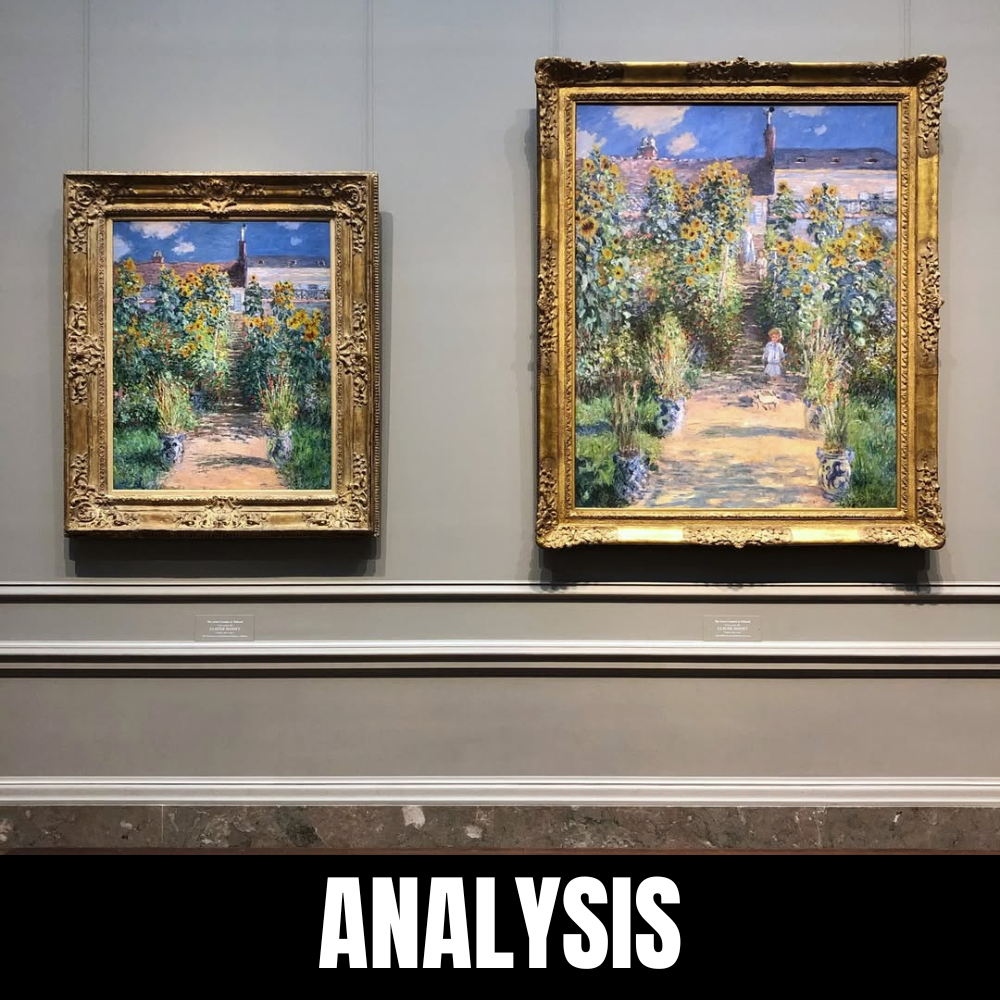
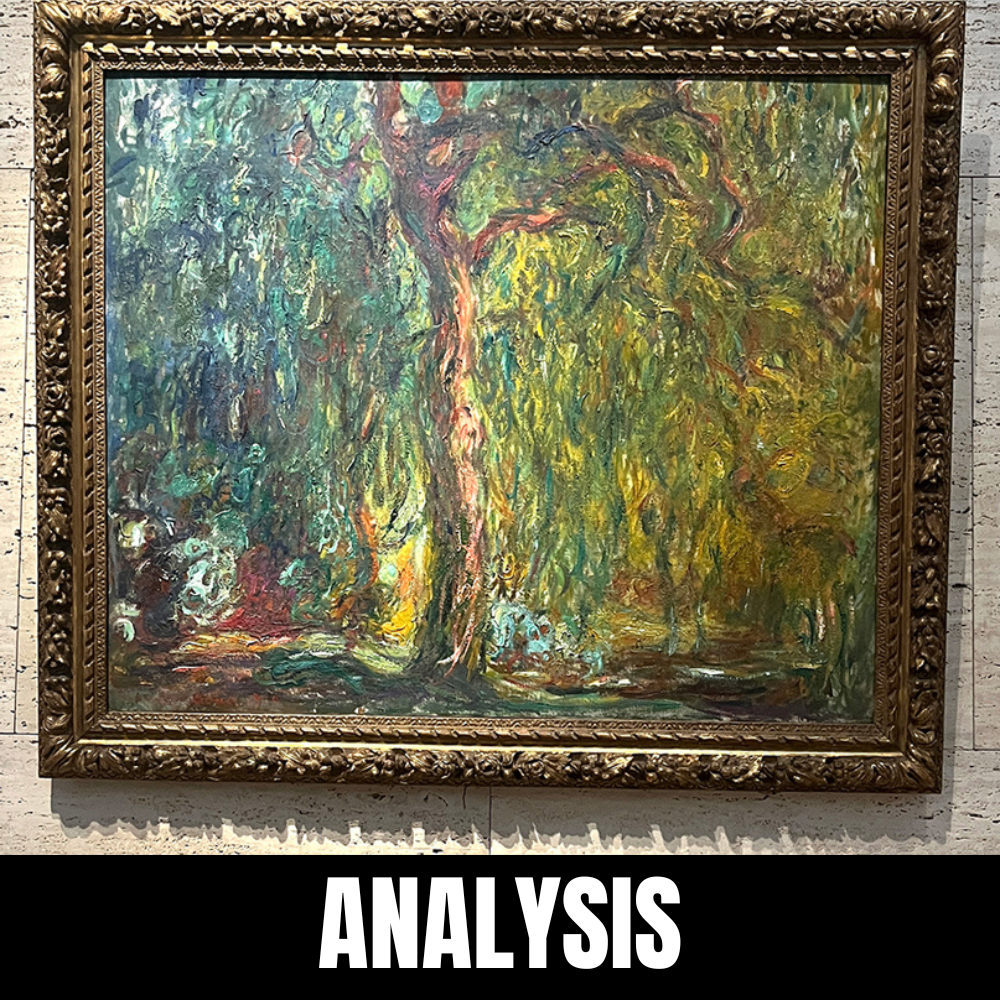
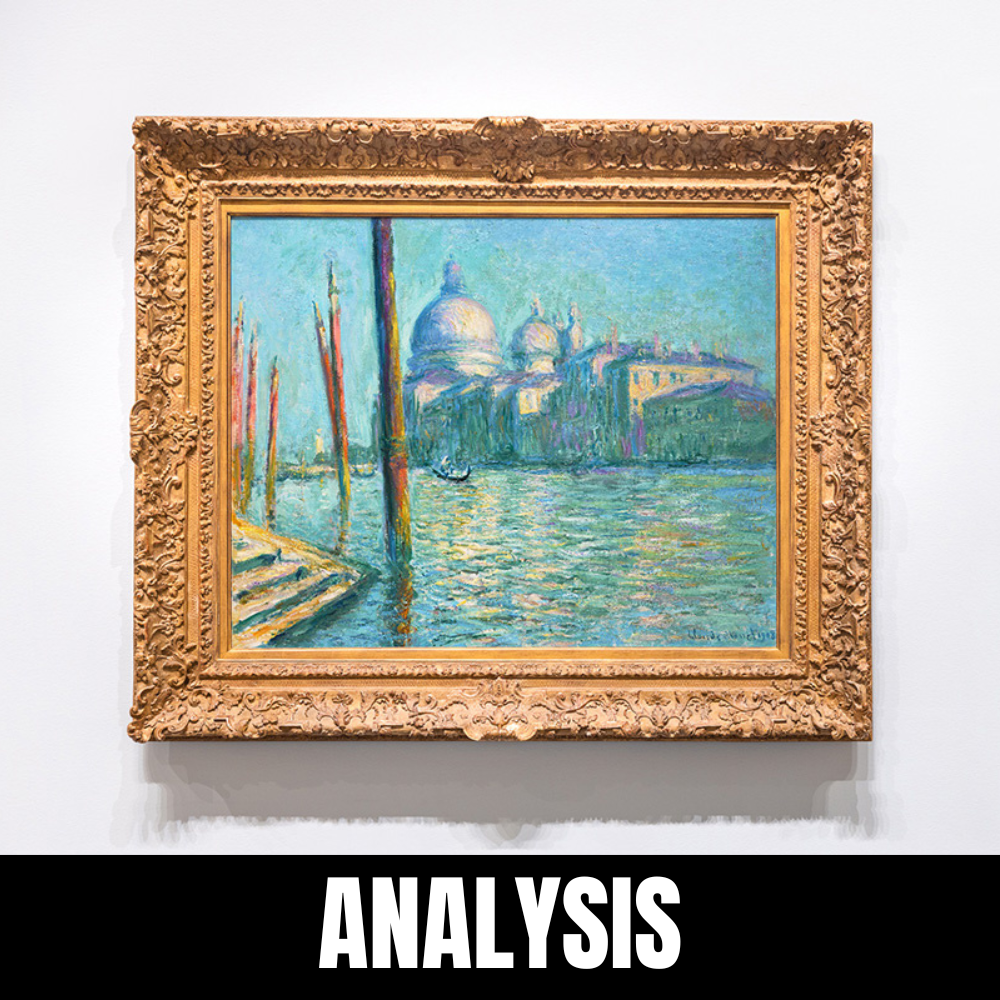
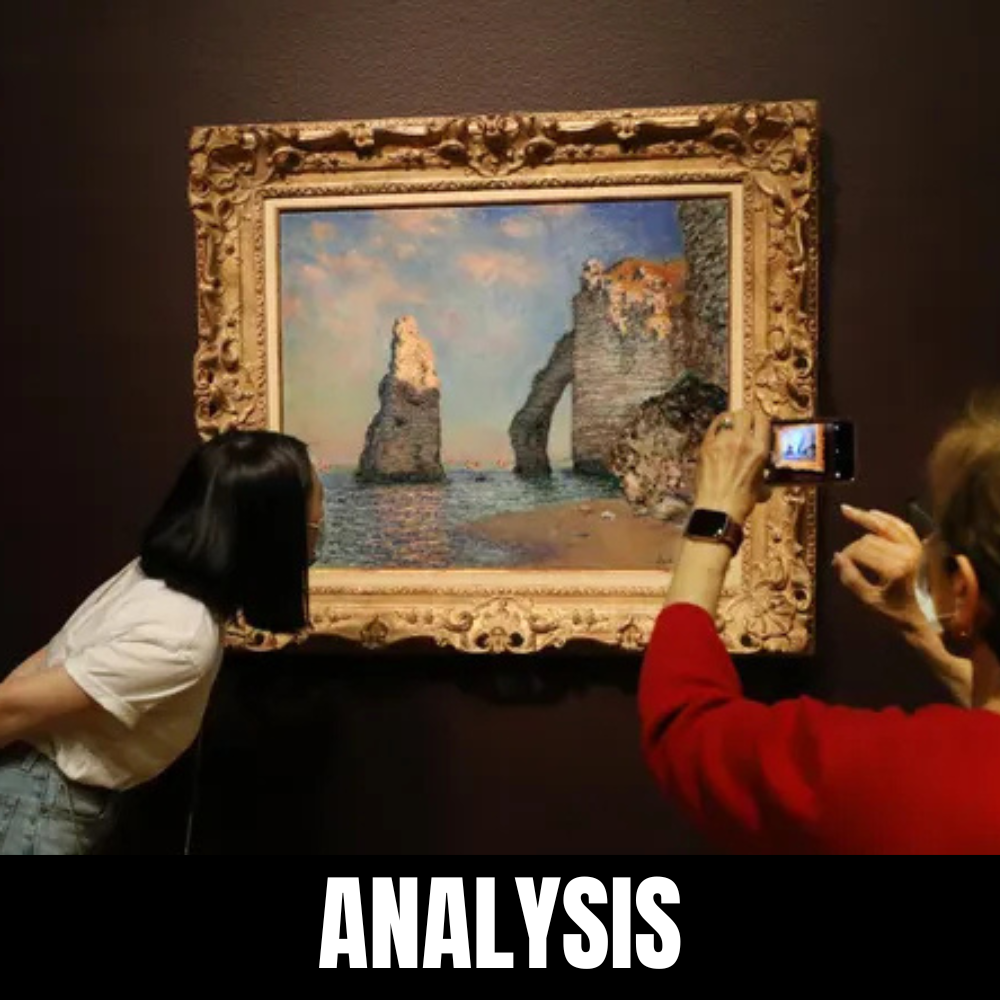
Leave a Reply